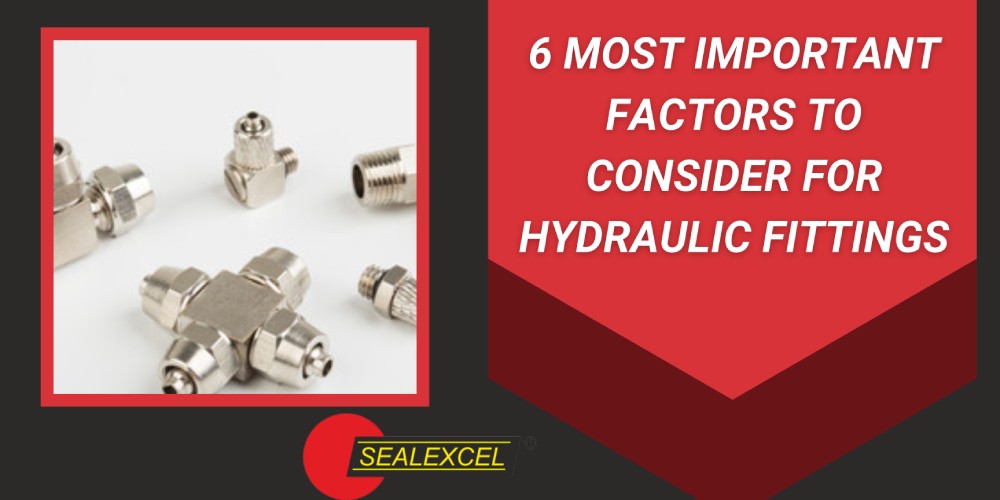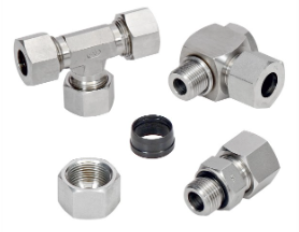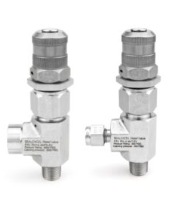
6 Most Important Factors to Consider for Hydraulic Fittings
March 4, 2022Every end-user would have definitely thought about or practised mixing and matching hydraulic fittings from different manufacturers. These days there are so many hydraulic fittings which look alike and some of them are even available at very low prices. Some of the industrial professionals fall into this trap and buy different hydraulic fittings from different manufacturers in an attempt to save a few bucks. What they forget is that even though it may look as though the varied price will effectively reduce the overall cost that is actually not the case. Employing this approach, in fact, leaves a lot of end-users and fabricators incur greater loses in the long run.
There are many misconceptions due to which the fabricators and end users opt to purchase hydraulic fittings from different manufacturers. Some of the common misconceptions include,
- When the fittings look alike, their performance would be the same.
- The different fittings meet the same industrial specifications and can, therefore, be used together in the same hydraulic assembly even if they are from different manufacturers.
- Visually all the crimpers look alike and as long as their diameter is close to the recommended diameter in a hydraulic assembly, it can be easily used with other fittings from a different manufacturer.
Even if the hydraulic fittings from the different manufacturers may look similar and may even fit perfectly, they won’t be qualified or approved to be used with one another. Each and every hydraulic fitting undergoes thorough testing after being manufactured and then get qualified to be used with a particular assembly. When one buys the fittings from the same manufacturer, it would help them in eliminating a lot of future liability costs as these fittings would be tested to function well together and would be qualified to work together safely in an efficient manner for a long time.
The tolerances of each type of hydraulic fittings including hoses, couplings and crimping equipment, vary from one manufacturer to the other and are therefore not interchangeable. The flange or thread ends of the fittings have to be matched perfectly with their mating component to create leak-proof connections in a hydraulic assembly. When you combine fittings from different manufacturers there is a high possibility that it can cause the coupling retention to be affected negatively. This would further lead to the bursting of hoses, coupling leakage or can sometimes even be detrimental to the workers. Other hazardous results of mixing and matching hydraulic fittings from different manufacturers include the fittings being thrown off in different directions at high speeds, fluid discharge from the assembly at a high velocity, injury due to the fluid and fittings being thrown off and an explosion due to the discharge of flammable fluids.
Once the hydraulic assembly is designed by using fittings from different manufacturers, the whole assembly may malfunction. Once the whole assembly fails to perform well one cannot even access any one particular manufacturer’s warranty for replacement or cashback as using different fittings would void the warranty. This, in turn, excludes the manufacturer from bearing any kind of liability and the entire disaster falls upon the end-user. The end result of such a disastrous scenario would include assembly replacement cost, un-satisfaction of the customer, loss of workers, increased insurance claims and cost incurred for cleaning the contaminated workspace.
In order to avoid incurring huge losses and being liable to the other losses due to a failed assembly, it is always better to build a hydraulic assembly by using the different fittings from the same manufacturer.



